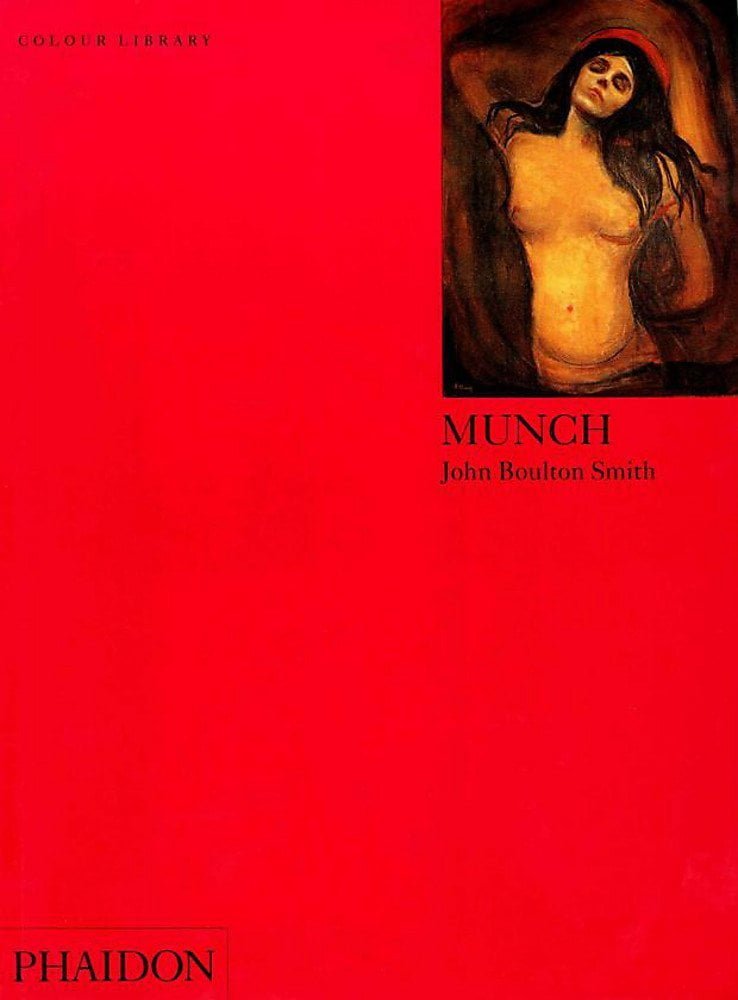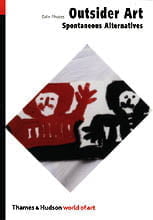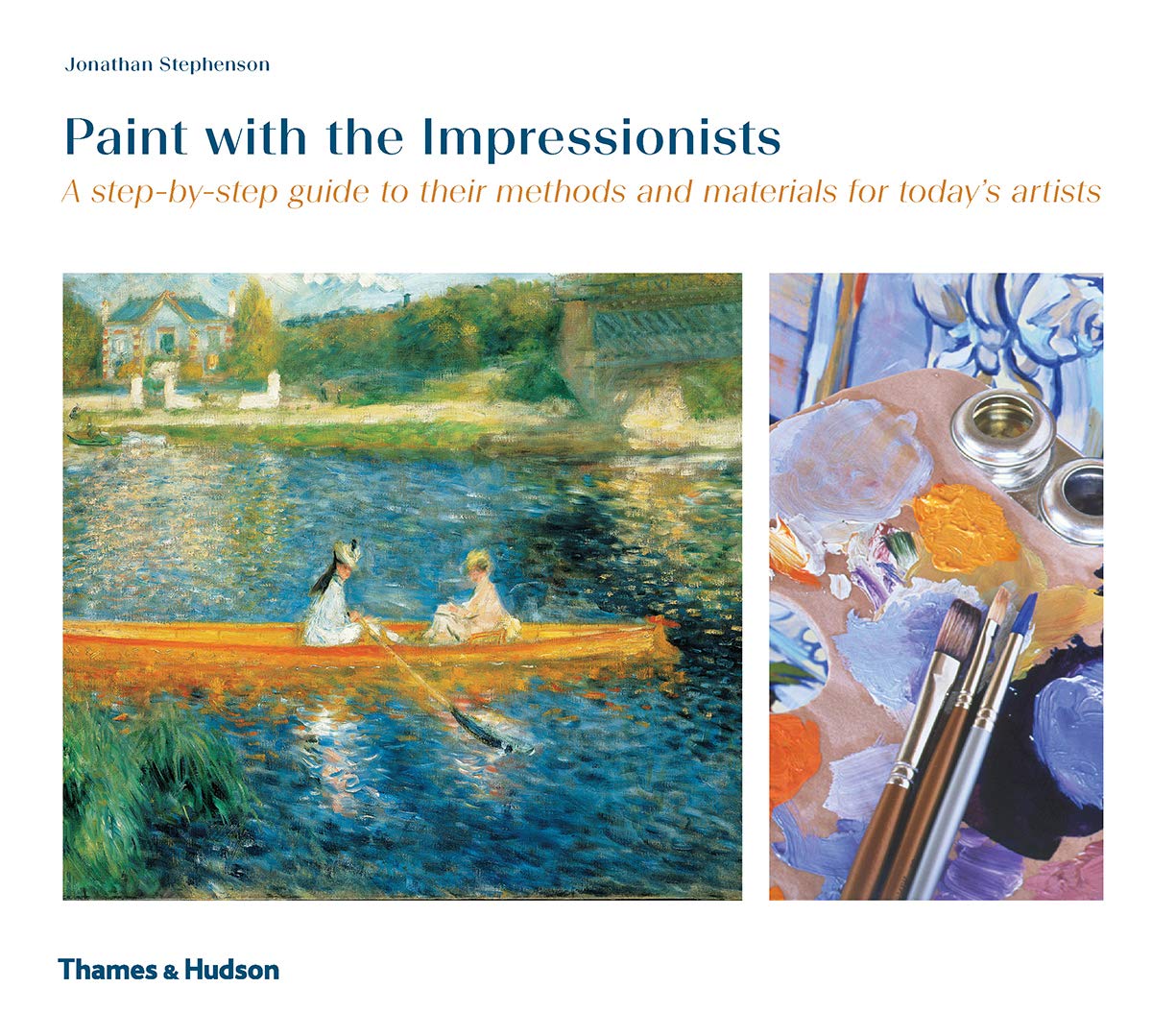Showing 193–208 of 295 results
-

R50The 32-page booklet offers a series of interactive movement-based activities that can be used in both the classroom and at home to maximize the development of faculties of children by stimulating the body, the senses and the mind.
-
 Out of stock
Out of stock
R200This classic account of the history of the visual arts from the end of World War II to the new millennium has now been completely rewritten, revised, expanded, and updated.
-

R80Although influenced to some extent by Surrealism and European abstract painting, Abstract Expressionism was hailed by critics as the first truly American avant-garde movement. It took post-war America by storm and its impact was swiftly felt
-

R100‘Robert Lumley’s new text on Arte Povera provides a much needed guide … His elegantly lucid text cuts through thickets of misinformation and hyperbole to present a history that is remarkably cogent, illustrating Arte Povera’s centrality to world art and continuing importance to the art of today.’ Richard Flood, Chief Curator, Walker Art Center.
-

R80Cubism, perhaps the seminal movement for the arts of the twentieth century, was also one of the most complex. Divided between the annual public exhibition and the emerging network of private galleries, between French and immigrant artists, it was
-

R80The term `Expressionist’ was initially applied to French modern painting displayed in a Berlin Secession exhibition of 1911. By the time of the First World War; the broader concept of `Expressionism’ permeated German metropolitan culture at many levels. Though lacking stylistic cohesion, the movement was united by a rejection of Impressionism and a search for an inner, essential reality behind the external world of appearances.
-

R180Futurism, the brainchild in 1909 of Italian writer and cultural impresario F.T. Marinetti, was the defining avant-garde art movement of the early twentieth century. Inspired by the cities, technology, speed and latent violence of the world around them, as well as by the ideas of thinkers such as Bergson and Nietzsche, the Futurists created an
-

R80In this thought-provoking publication David Batchelor looks at the varied types of criticism and interpretation to which Minimalism has been subjected over the years. It ends by discussing how Minimalism, which has had a huge influence on subsequent art, continues to inform the work of contemporary artists.
-

R180This study follows the development of Pop, from its roots in the irreverence of Dada and Surrealism, to its rise in popularity as an art form that celebrated the glamour and hedonism of the newly commercialized Western world, while acknowledging its superficiality and transience.
-

R180Hard on the heels of the Impressionists came artists with a different agenda. Dissatisfied with the essentially short-term effects Impressionism had mastered, they strove in their different ways for an art of a more permanent, structured and expressive kind. By
-

R180Realist art of the twentieth century is striking for its diversity. It has no shared style or manifesto of intention. Yet a common thread in realist art is a commitment to the modern world and to things as they are. This book examines realism in Europe and America, beginning with its roots in the ideas of Gustave Courbet in nineteenth-century France.
-

R80Surrealism was one of the most interesting and influential art movements of the twentieth century. A collective adventure begun by a small group of intellectuals in Paris in the early 1920s, amongst them Max Ernst, Rene Magritte and Salvador Dali, its influence was felt through the rest of continental Europe and in Britain, the United States, Mexico and Japan.
-

Edvard Munch (1863-1944) is the only Scandinavian painter of modern times to have achieved a world reputation. A tragic childhood – his mother died when he was five and a sister when he was thirteen – wounded him deeply, and much of his early work expresses this in its agonized pessimism.
-

R190While Andy Warhol is known for creating icons, it is Raymond Loewy who built monuments. At once an engineer and a visionary, this master of streamlined design integrated movement into his designs in what would become a characteristic American way.
-

R200In this indispensable book Colin Rhodes surveys the history and reception of Outsider Art—first championed by Dubuffet and the Surrealists, now appreciated by a wide public—while providing insight into the achievements of both major figures and newly discovered artists.
-

R200Paint with the Impressionists – A Step-by-step Guide to Their Methods and Materials for Today’s Artists
















